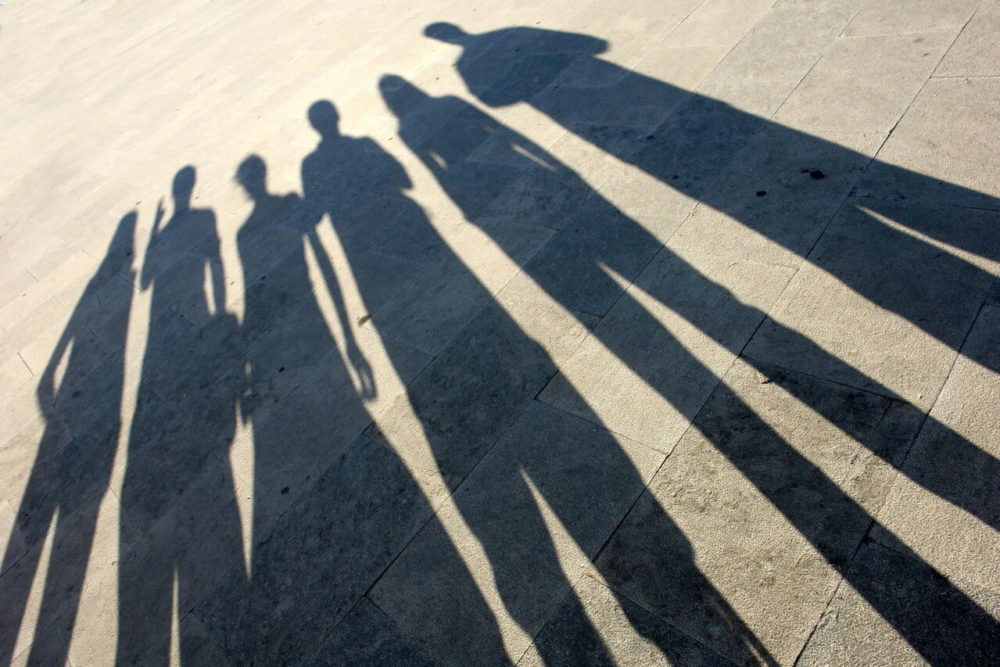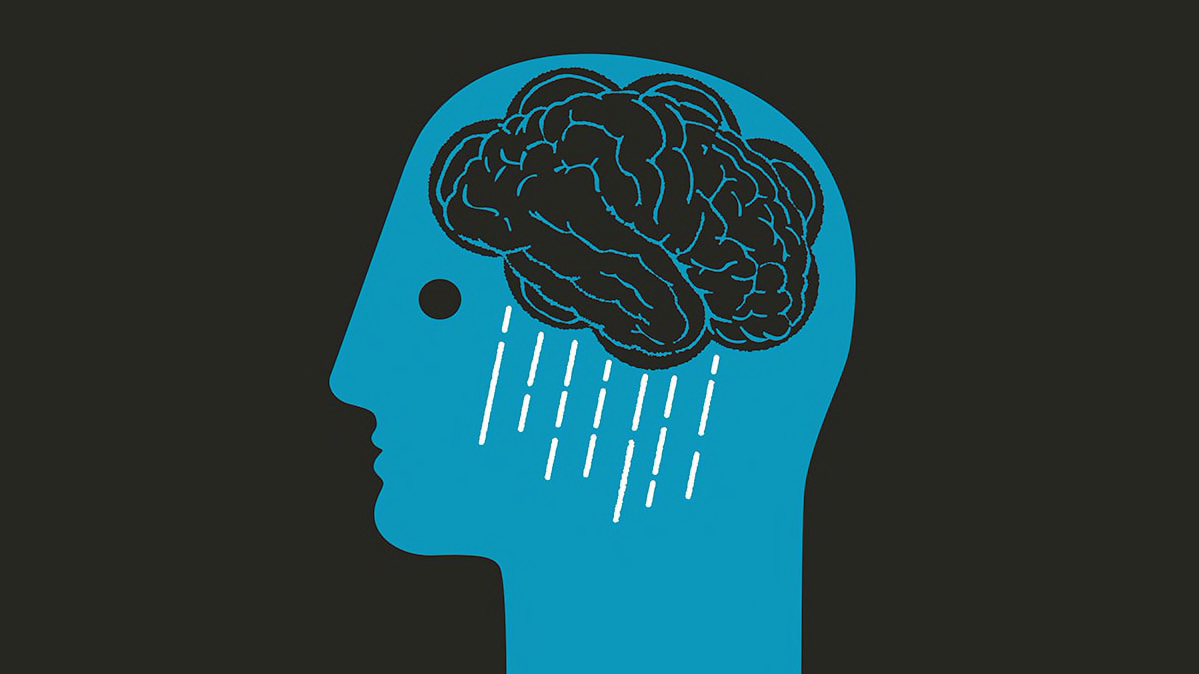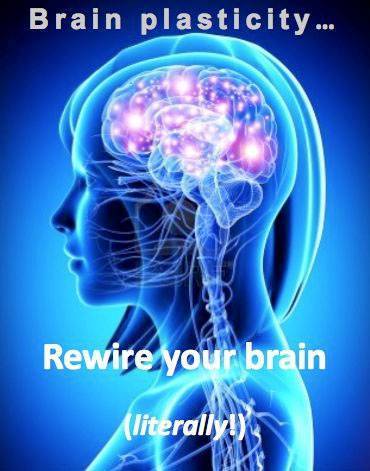During lecture 24 of our Psychology 100 class, Dr. Wede explained the idea of “In-group Bias” to us. After learning about this and thinking about it in more depth, it is something that is prevalent in all types of groups around the world. Whether it is a group of friends in school, or a band, or a sports team, whichever group you are in you are going to always believe that is the best group to be in. The actual definition of in-group bias is, “The in-group bias is the tendency that people have to favor their own group above that of others. This bias can have a powerful influence on both individual and group behavior.” Everyone always will feel more comfortable in their own group, and as great as the bond might be, there are also some negative effects that this can have on a person/group.

In-group bias can have an effect that causes something such as deindividuation. What this means is when you are in a group you might lose your sense of self-awareness and just do as the group does. This can be dangerous especially when it comes to rioting and things of that nature. Another example of in-group bias would be to think of any of the gangs that are out there. No matter what other gangs are out there, whether they are bigger, stronger or anything like that, the people in their specific gang will always think they are the best. The deindividuation comes into play when there is a gang fight and someone is killed, even if they were not even doing anything wrong. It is always nice to be considered apart of a group, although, I believe it is prudent to know when it draw the line when it comes to what you should or should not do for your group/team. If you are not careful group power is very contagious and can cause you to do things you did not think you were capable of doing.
Source: https://www.explorepsychology.com/ingroup-bias/


